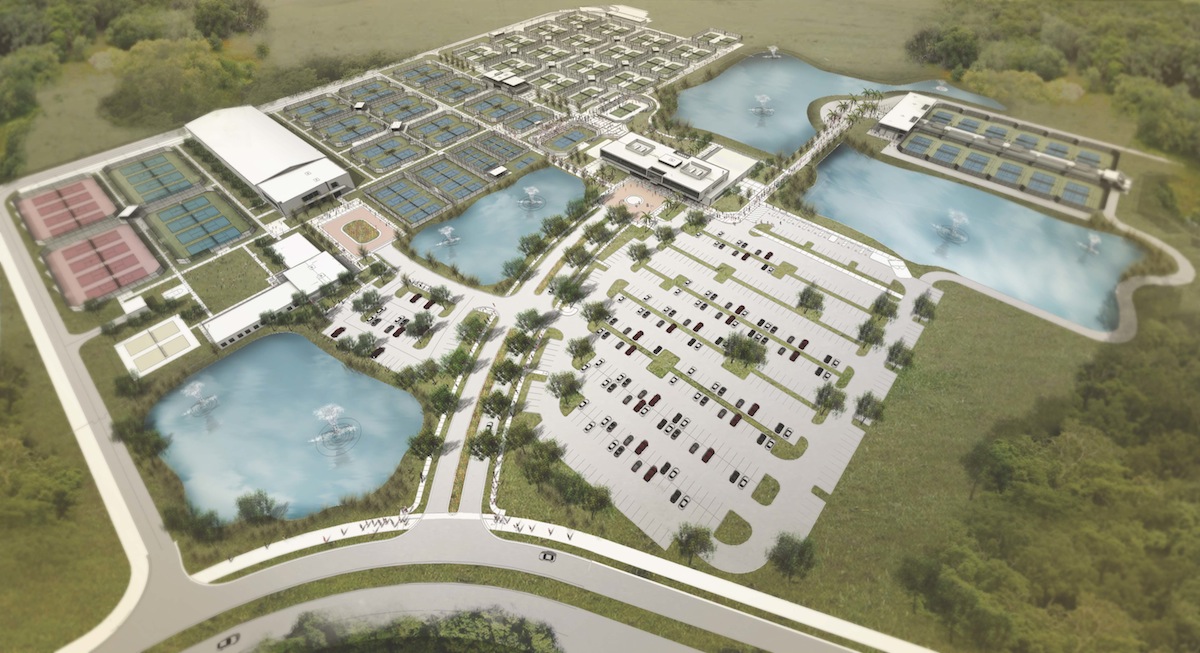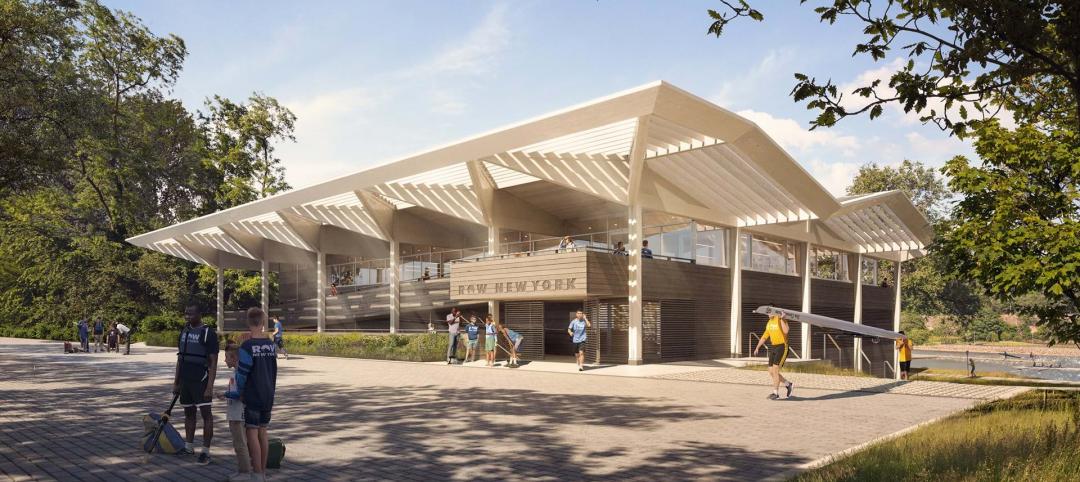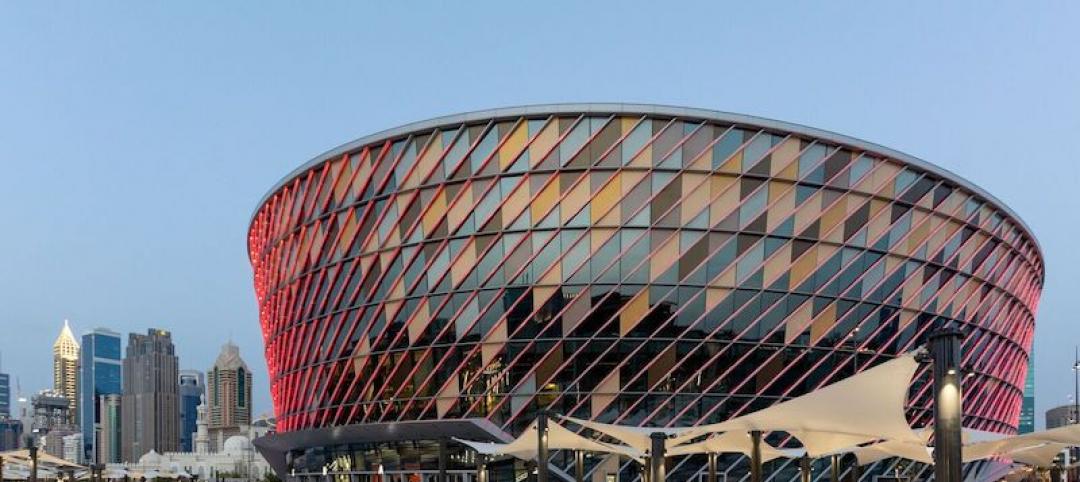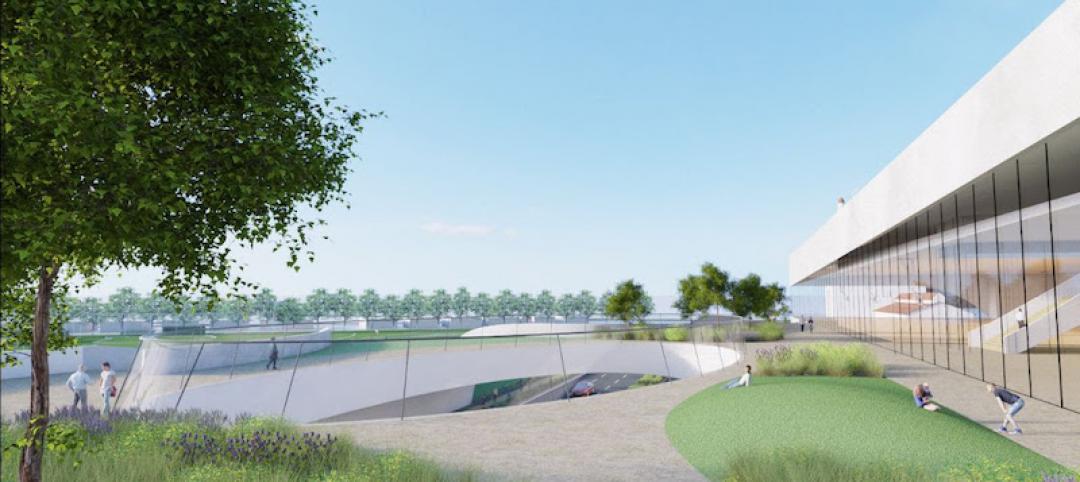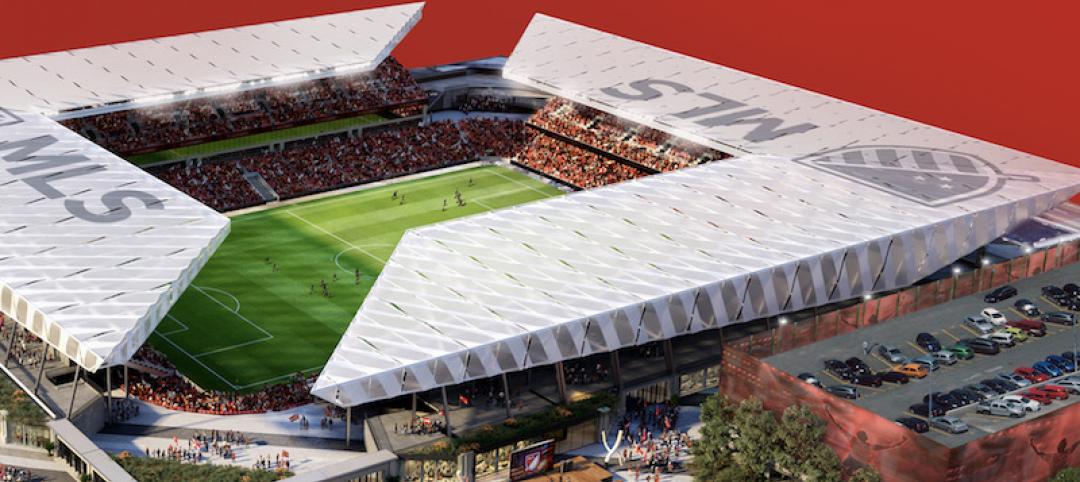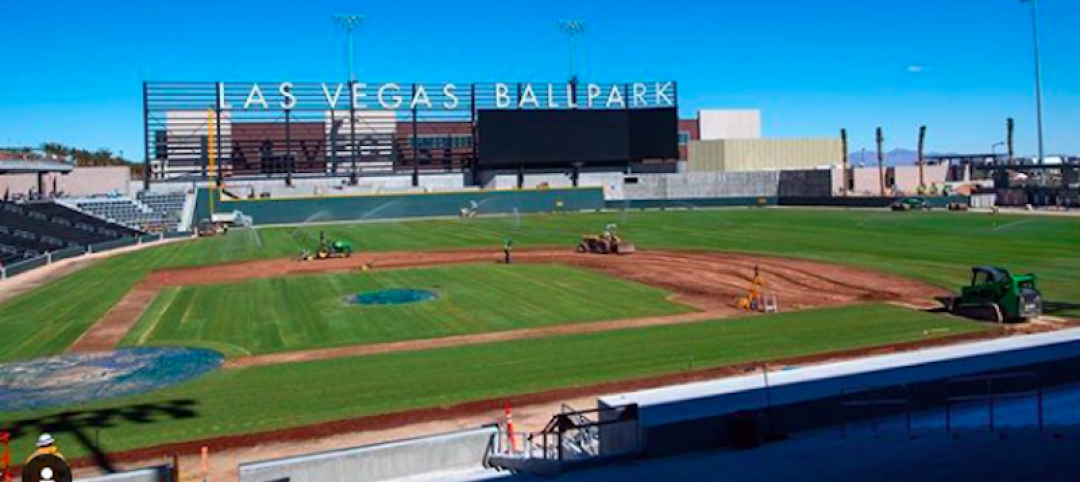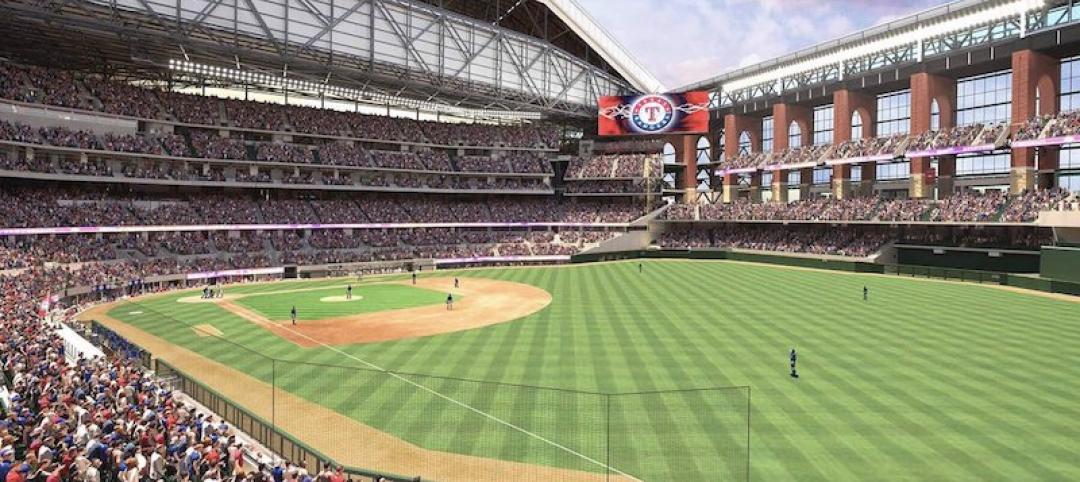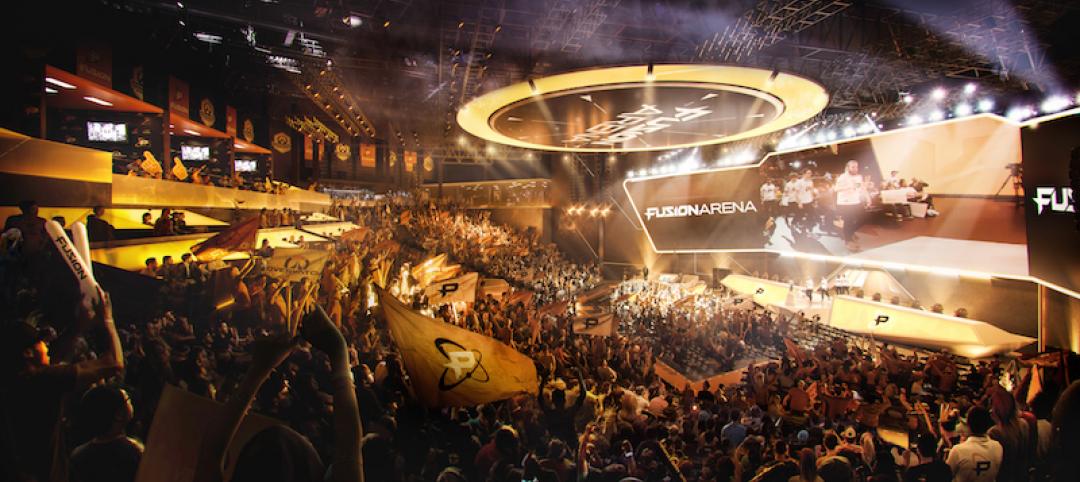On April 8, the United States Tennis Association broke ground on its $60 million USTA National Campus in Lake Nona, near Orlando, one of the country’s fastest-growing communities. With 106 courts and 270,000 sf, USTA’s New Home of American Tennis, as it is being called, will be the largest tennis complex in the U.S.
When completed in late 2016, this 63-acre facility—USTA’s first year-round outdoor construction project—will include a Tournament and League Area with 32 Har-Tru clay courts, and 20 Plexicushion hard courts; a Collegiate Tennis Area with 12 Plexicushion hard courts and one future tournament show court; and a Team Tennis USA Area with 12 hard courts that will be used by the 17 USTA Sections, along with local coaches and their players throughout the country to work collaboratively with USTA Player Development.
A High Performance and Player Development Area—with eight Duro-turf hard courts and eight red clay courts—will be able to house 32 boys and girls, and include strength and conditioning components. The complex will also feature indoor and family-area courts, a pro shop, fitness center, locker rooms, lounges, a café-restaurant, and USTA offices.
The USTA National Campus will be a cornerstone for the community’s Sports Innovation & Performance District, an emerging athletic district with a focus on research, design, innovation and technology.
An on-site stadium will be able to accommodate two matches simultaneously and seat 1,200 spectators.
The Building Team on this project consists of Tavistock Development (developer), HKS Architects (architect), BBM (structural engineer), Exp (MEP engineer), EDSA (landscape architect), and DPR Construction (GC). California Products, Har-Tru, and Connor SportCourt are supplying the court surfaces.
“By housing our two divisions devoted to growing the game at all levels, and training the next generation of players and coaches, we can have a greater impact on the sport than we ever had before,” says Katrina Adams, USTA’s chairman and president. (This complex would replace the association’s smaller training facility in Boca Raton, Fla.) Among the dignitaries at the groundbreaking were City of Orlando Mayor Buddy Dyer, and Orlando County Mayor Teresa Jacobs.
The 11-square-mile Lake Nona was a golf community surrounded by farmland and pastures when Tavistock Group, the developer’s parent, acquired it in 1996. The community is part of Orlando, and Tavistock has been working with that city’s economic development team to transform Lake Nona into what local officials are touting as city of tomorrow.
The USTA National Campus will be a cornerstone for the community’s Sports Innovation & Performance District, an emerging athletic district with a focus on research, design, innovation and technology. “We are launching what we think is the perfect partner to our Medical City,” said Rasesh Thakkar, senior managing director of Tavistock Group.
Over the past decade, Lake Nona has seen more than $2.8 billion and 2.4 million sf of clinical, institutional, laboratory space, and infrastructure completed or in active construction. The 650-acre Lake Nona Medical City health and science park—whose institutions include the University of Central Florida Health Sciences Campus and Sanford-Burnham Medical Research Institute—this year is adding the Orlando Veterans Affairs Medical Center and GuideWell Innovation Center.
Lake Nona’s 7,000 entitled acres offer nine residential communities that currently house about residents. Rob Adams, a vice president with Tavistock Development, tells BD+C that the community is entitled to build between 9,000 and 11,000 dwelling units, and will eventually house between 25,000 and 30,000 people.
The community is already served by three public schools, and three colleges. More than 5 million sf of commercial and retail spaces are in place. Lake Nona is where Johnson & Johnson has been conducting its multimillion-dollar, multiyear study on health and wellness. And the community is planning a 334-acre city park that will be Orlando’s largest.
Adams says Lake Nona’s build out is expected to take between 10 and 15 years. And he anticipates that the tennis complex will be a magnet for other business, such as apparel and fitness retailers, to come to this community.
Related Stories
Sports and Recreational Facilities | Jul 17, 2019
FC Cincinnati unveils Populous-designed West End Stadium
The $250 million stadium is being privately funded by the team’s ownership group.
Sports and Recreational Facilities | Jun 27, 2019
Foster + Partners unveils design of wooden boathouse for Row New York
The project will sit on the banks of the Harlem River in Sherman Creek Park.
Sports and Recreational Facilities | Jun 19, 2019
Have a Coke and a smile: New Coca-Cola Arena in Dubai is on cutting edge of arena design
It is being called the only venue of its kind between Istanbul and Singapore that can host events throughout the year.
Sports and Recreational Facilities | May 29, 2019
HOK and SAP explore the future of eSports
Flexibility and connectivity between the digital and physical space are key.
Sports and Recreational Facilities | May 24, 2019
Beverly Hills’ La Cienega Park to be redesigned by Johnson Favaro
The park will include new indoor and outdoor space.
Sports and Recreational Facilities | May 9, 2019
Plainfield, Ill., recreation center projected to achieve the Passive House Institute US PHIUS+ Source Zero certification
Design-build firm Wight & Company completed the building.
Sports and Recreational Facilities | Apr 24, 2019
MLS stadium design unveiled for St. Louis
Plans capitalize on league’s plans to expand.
Sports and Recreational Facilities | Apr 12, 2019
New ballpark is another draw for thriving downtown in Summerlin, Nev.
Developer Howard Hughes views the stadium as an essential piece to this master-planned community’s growth.
Sports and Recreational Facilities | Apr 4, 2019
Texas Rangers’ Globe Life Field progresses toward its 2020 completion date
The stadium will be the cornerstone of the Texas Live! Development.
Sports and Recreational Facilities | Mar 28, 2019
This will be the Western Hemisphere’s first purpose-built eSports arena
Populous is designing the facility.


